The pros and cons of local lockdowns
Targeted approach to restrictions considered by ministers as Indian variant cases rise
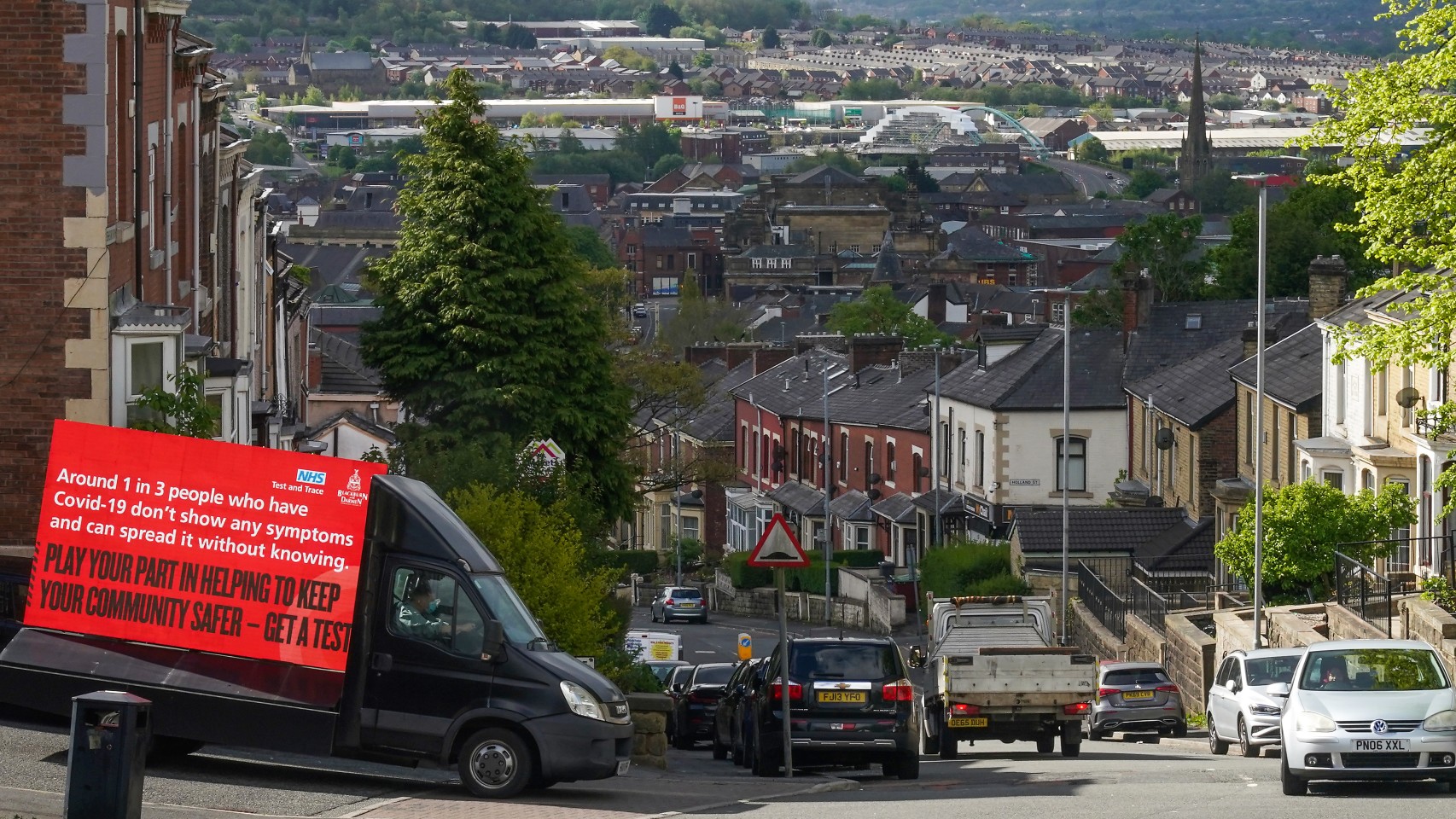
A return to local lockdowns in England has not been ruled out by the government as it considers how to stop the spread of the new Indian coronavirus variant.
More than 2,300 cases of the B16172 mutation, which is believed to be more transmissible than previous incarnations, have been identified across at least 86 local authorities. Bolton and Blackburn with Darwen, in the north-west of England, have been hit the hardest.
Environment Secretary George Eustice told Sky News this morning that imposing local restrictions “would be an option” for areas that are still struggling after lockdown is due to be lifted on 21 June.
The Week
Escape your echo chamber. Get the facts behind the news, plus analysis from multiple perspectives.

Sign up for The Week's Free Newsletters
From our morning news briefing to a weekly Good News Newsletter, get the best of The Week delivered directly to your inbox.
From our morning news briefing to a weekly Good News Newsletter, get the best of The Week delivered directly to your inbox.
Pros
Avoiding further national restrictions
Local lockdowns are seen “as an alternative to delaying the full nationwide lifting of coronavirus measures”, says Esther Webber at Politico. This would benefit the majority of the country, who would be able to return to normality on time.
“Officials familiar with [Boris] Johnson’s thinking say he is reluctant to keep the whole country in a longer period of restrictions,” she says. One Cabinet minister told Webber: “The PM will do what he can to keep to the national timeframe of the 21st. I expect local lockdowns will be more likely.”
Targeting hotspots
A free daily email with the biggest news stories of the day – and the best features from TheWeek.com
The government’s interactive coronavirus map shows how cases are dispersed across the country. Many areas have fewer than three cases, while one neighbourhood in Bolton has 92 cases and a rolling infection rate of more than 1,000.
As the Institute for Government says, “the aim of a local lockdown is to control the spread of the coronavirus pandemic by containing it within a particular area and so avoid re-imposing social distancing restrictions across the whole of the country”.
Flexibility
Scotland is still operating five “protection levels” depending on where people live. While much of the country has now moved to level one or two, Glasgow remains in level three as infections have been rising in the city. The Scottish government also takes into account data on areas such as hospital demand, unlinked cases, vaccine uptake and population density.
First Minister Nicola Sturgeon has said the system “enables us to respond quickly and flexibly as required, particularly in areas where we are concerned about the rate at which the virus is spreading”.
Cons
Doubts over effectiveness
Professor James Naismith, from the University of Oxford, told BBC Radio 4’s Today programme that local lockdowns would not work and the new Indian variant should be viewed as a national problem that “will get everywhere”.
Indeed, analysis by The Guardian, published in October, nine weeks after large swathes of northern England were put into lockdown, found the infection rate at least doubled in 11 out of 16 cities and towns affected. At the time, Greater Manchester Mayor Andy Burnham accused the government of trying to stem the virus “on the cheap” without offering sufficient financial support for the region.
Confusion over rules
Another reason cited by scientists, MPs and local leaders for the increase in infections last year was that rules for the “growing patchwork of local measures” were “unclear”, said The Guardian.
By November, the outbreak was still growing and the government introduced the second national lockdown followed by a tier system of different local restrictions. “We know they weren’t enough to contain the spread as they too were replaced with lockdown,” says Channel 4’s FactCheck. The government blamed the new Kent variant for the third lockdown in January, but FactCheck says “it remains an open question as to whether we can declare the tiered system a success”.
‘Difficult and divisive’
Last year, Middlesbrough mayor Andy Preston spoke out against what he called a “monstrous” lack of communication from Westminster with local areas, calling for a better way to tackle Covid while also preserving local jobs and mental health.
Shadow housing secretary Lucy Powell today said Labour was “very reluctant and wary to go down the road of local lockdowns”. Targeted restrictions became “incredibly difficult and divisive” for the areas affected last year and “poor old Bolton and Blackburn have really been at the forefront of this”, she told Sky News.
-
 Covid-19 mRNA vaccines could help fight cancer
Covid-19 mRNA vaccines could help fight cancerUnder the radar They boost the immune system
-
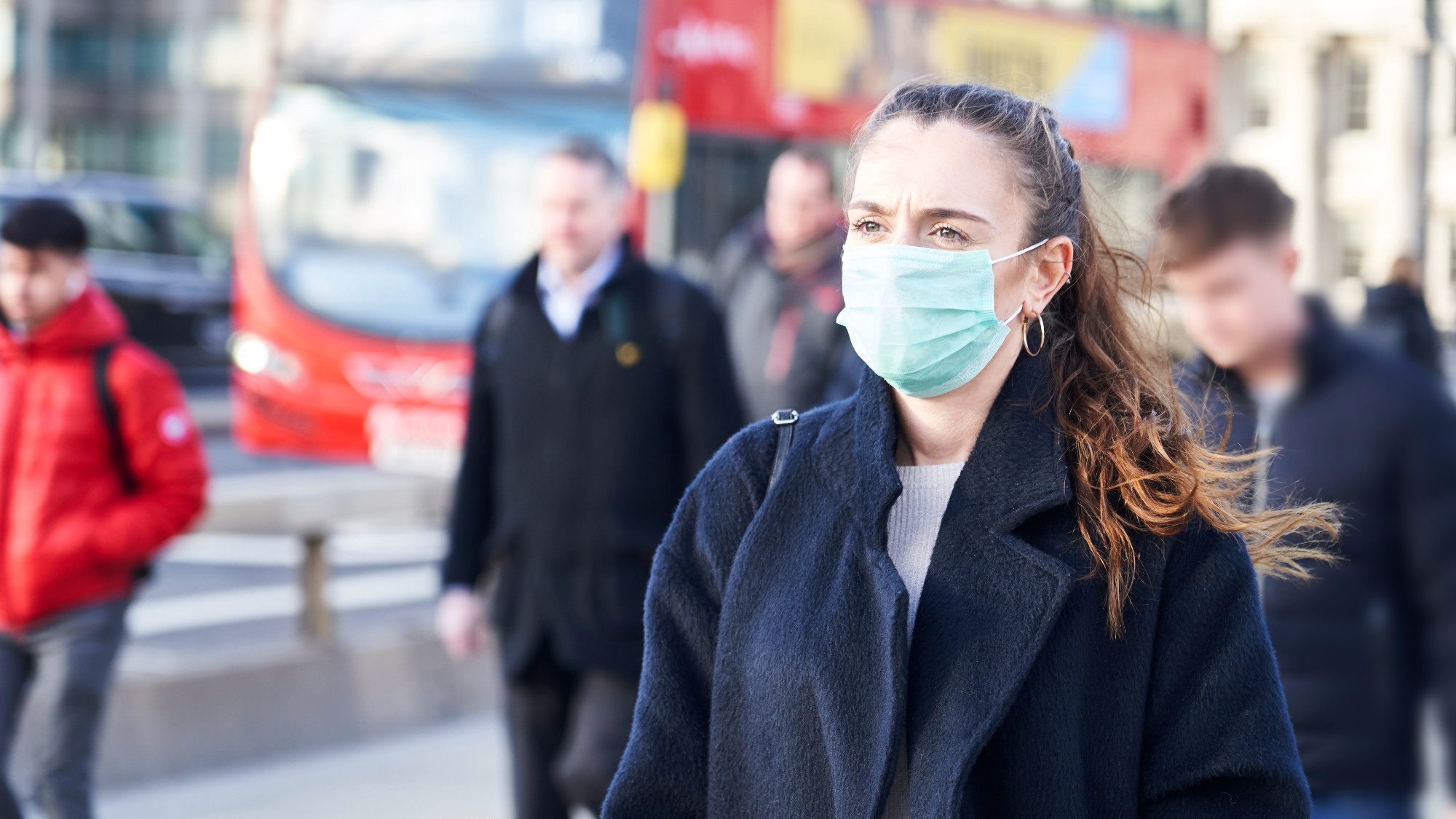 The new Stratus Covid strain – and why it’s on the rise
The new Stratus Covid strain – and why it’s on the riseThe Explainer ‘No evidence’ new variant is more dangerous or that vaccines won’t work against it, say UK health experts
-
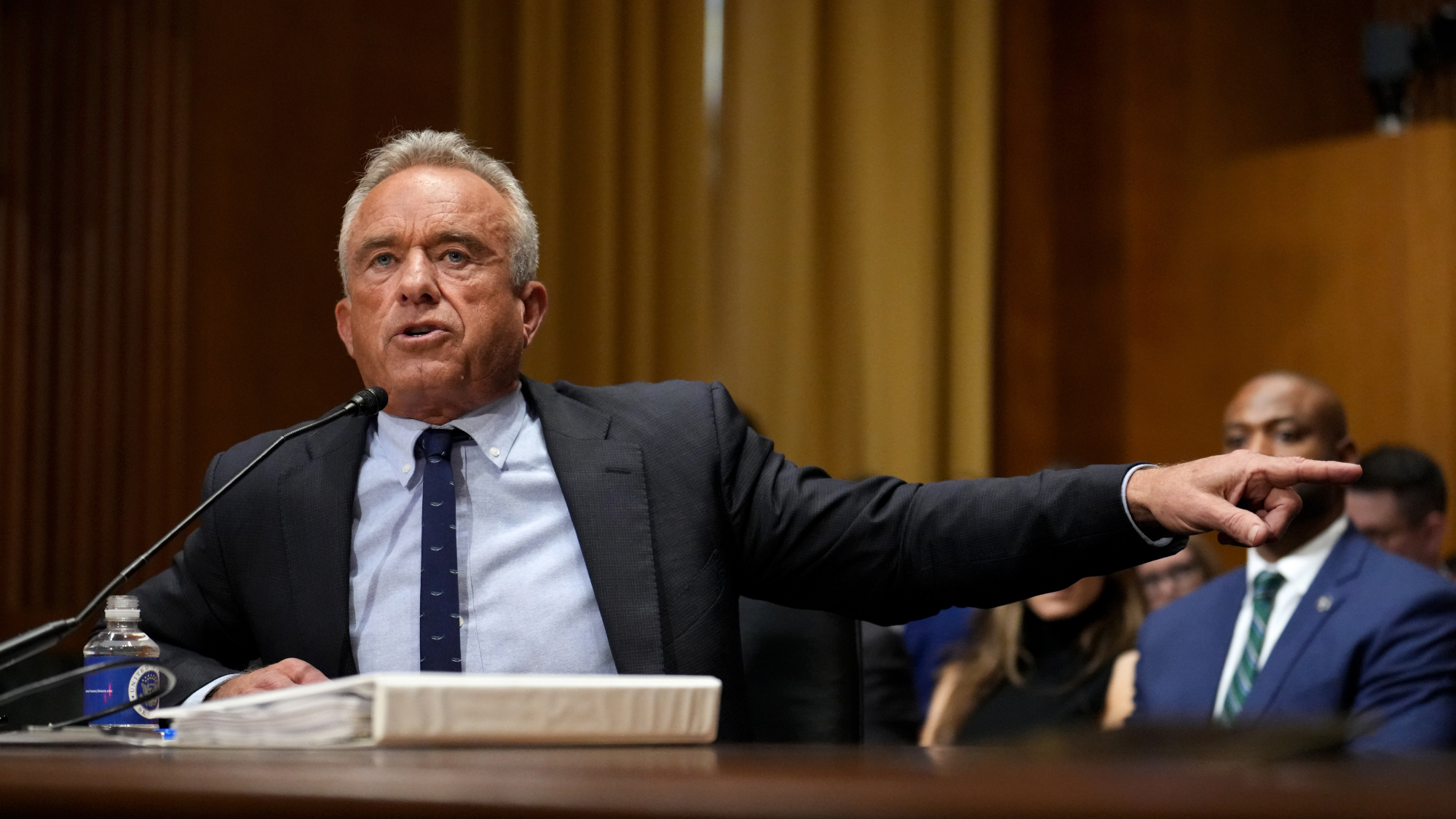 RFK Jr. vaccine panel advises restricting MMRV shot
RFK Jr. vaccine panel advises restricting MMRV shotSpeed Read The committee voted to restrict access to a childhood vaccine against chickenpox
-
 RFK Jr. scraps Covid shots for pregnant women, kids
RFK Jr. scraps Covid shots for pregnant women, kidsSpeed Read The Health Secretary announced a policy change without informing CDC officials
-
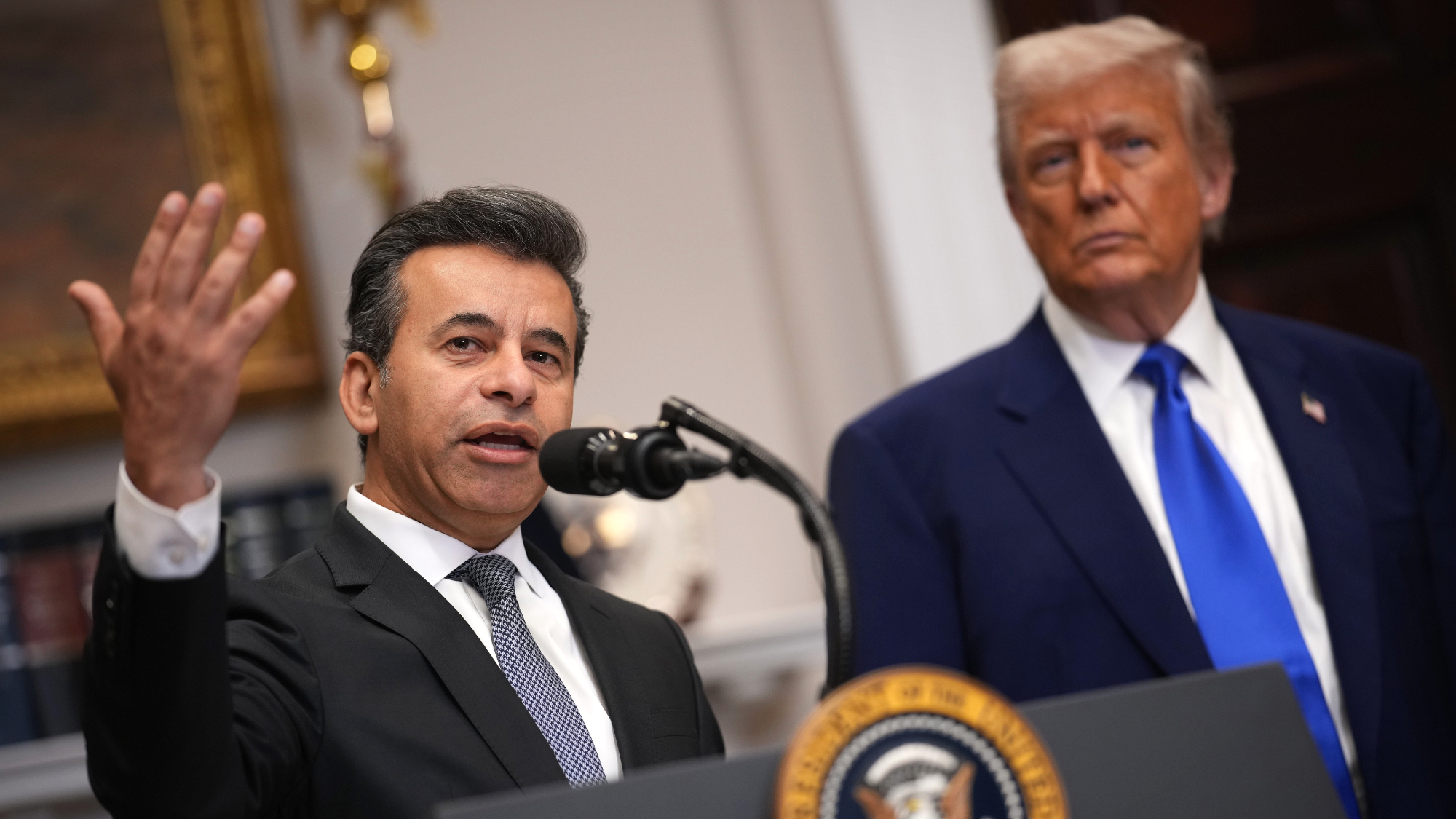 New FDA chiefs limit Covid-19 shots to elderly, sick
New FDA chiefs limit Covid-19 shots to elderly, sickspeed read The FDA set stricter approval standards for booster shots
-
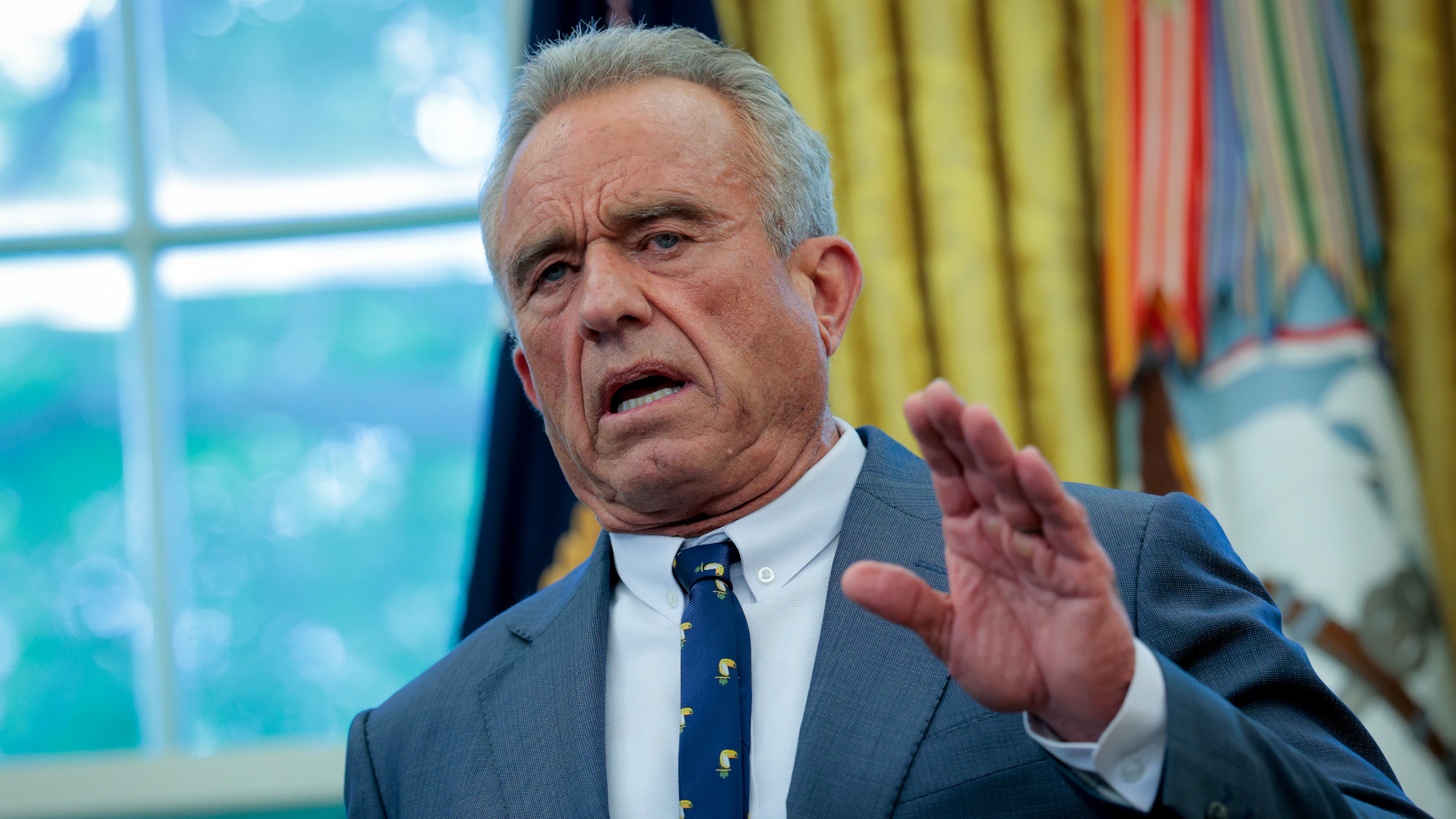 RFK Jr.: A new plan for sabotaging vaccines
RFK Jr.: A new plan for sabotaging vaccinesFeature The Health Secretary announced changes to vaccine testing and asks Americans to 'do your own research'
-
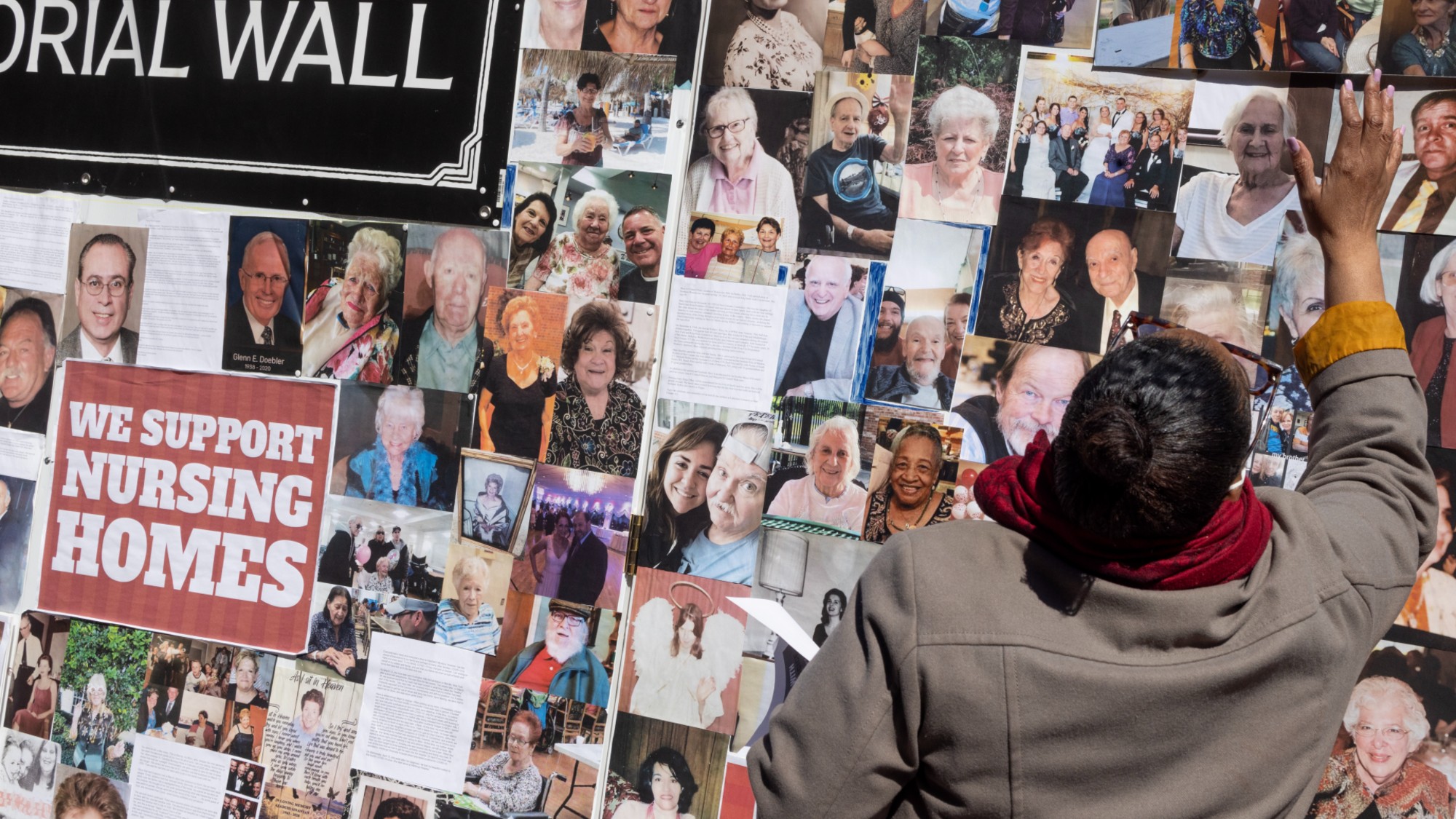 Five years on: How Covid changed everything
Five years on: How Covid changed everythingFeature We seem to have collectively forgotten Covid’s horrors, but they have completely reshaped politics
-
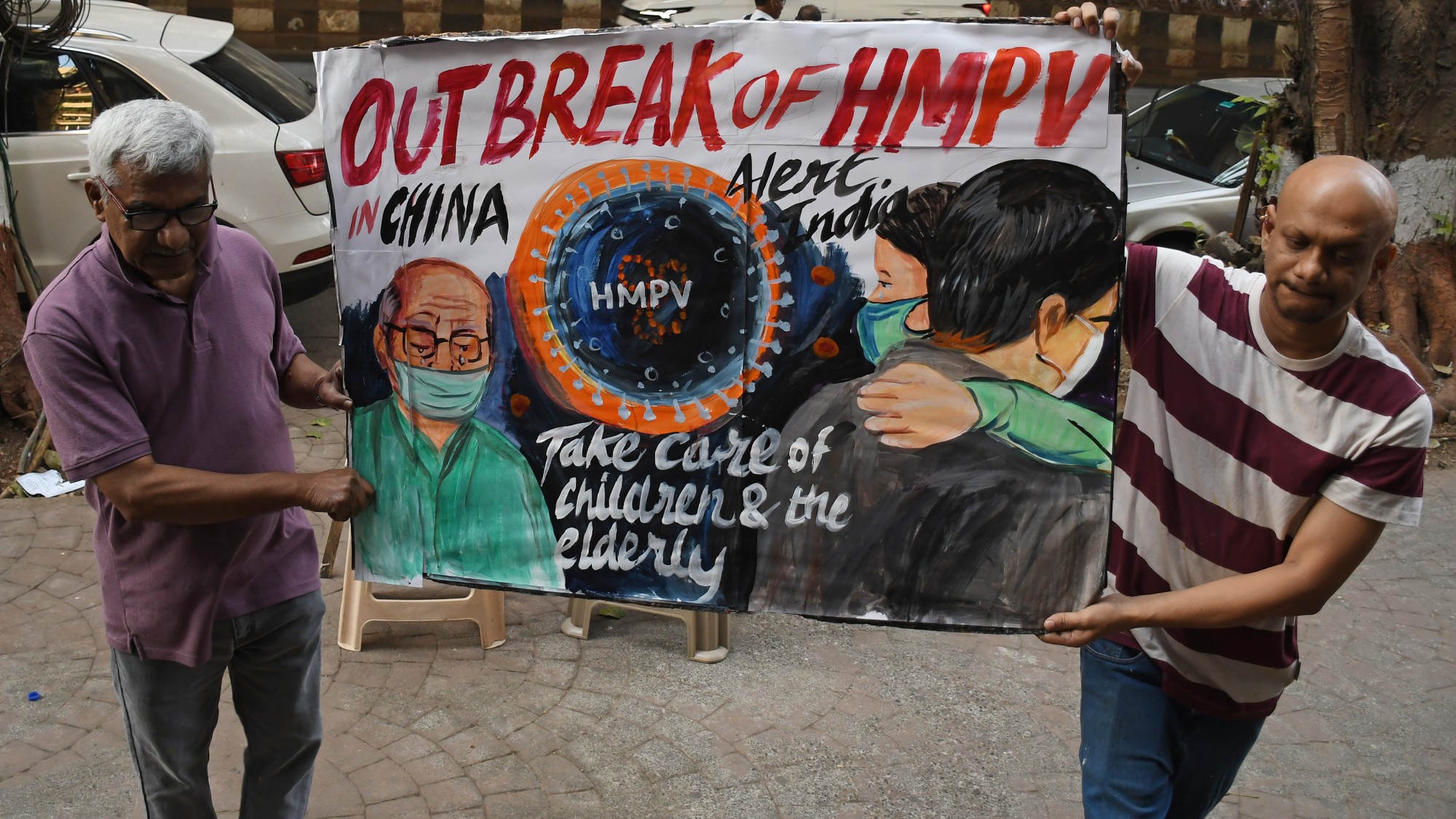 HMPV is spreading in China but there's no need to worry
HMPV is spreading in China but there's no need to worryThe Explainer Respiratory illness is common in winter


